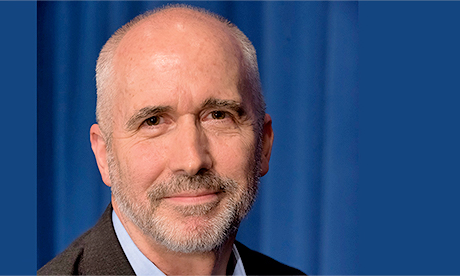Did a just-concluded meeting of Catholic bishops here open the door to rethinking Catholic teaching on homosexuality?
The question was unexpectedly left hanging in the wake of the final report of the Vatican’s synod on young people, which ended Sunday (Oct. 28).
Produced in a unique collaboration between 249 bishops and some three dozen young adults, the approved summary of the proceedings nonetheless had offered a rather diluted and uninspiring welcome to LGBT Catholics.
But as happened in the previous two synods called by Pope Francis to promote a more consultative form of Catholic governance, sex – in particular homosexuality – became a flashpoint.
In fact, conservatives inside the synod hall, aided by conservative Catholic media outlets that amplified their views, waged an intense campaign to excise any mention of the acronym “LGBT” or the word “gay” from the final document.
The traditionalists, who ultimately succeeded, argued that both terms would have effectively validated homosexuality and thus could undermine Catholic teaching against same-sex relationships.
Yet their victory may prove to be more semantic than substantive. The problem for the conservatives lies in the first line of the relevant section of the final document. It reads:
“There are questions related to the body, to affectivity and to sexuality that require a deeper anthropological, theological and pastoral exploration, which should be done in the most appropriate way, whether on a global or local level.
Among these, those that stand out in particular are those relative to the difference and harmony between male and female identities and sexual inclinations.”
Translation: The Catholic hierarchy is acknowledging that the church needs to update its understanding of the science of sex and gender, and that also means updating the church’s theology on sexuality and its ministry to gay people.
The rest of the passage on homosexuality did seek to reassure traditionalists by reaffirming the “determinative” church view on “the difference and reciprocity between man and woman,” and the passage said it was “reductive to define a person’s identity solely on the basis of their sexual orientation.”
But that first line, inviting “a deeper anthropological, theological and pastoral exploration,” worried enough bishops that the section on sexuality passed by just two votes out of 230 cast.
“This document opens up so many minefields,” the conservative website, LifeSiteNews, quoted a synod source saying.
Afterward, the opponents’ worries only grew.
This section is one of the most “subtle and concerning” problems in the entire document, Philadelphia Archbishop Charles Chaput, a member of the U.S. delegation and a leader of the conservative faction, told the National Catholic Register.
The Catholic Church “already has a clear, rich, and articulate Christian anthropology,” Chaput told the Register.
“It’s unhelpful to create doubt or ambiguity around issues of human identity, purpose, and sexuality, unless one is setting the stage to change what the church believes and teaches about all three, starting with sexuality.”
Francis DeBernardo, executive director of New Ways Ministry, which advocates for LGBT Catholics, rarely agrees with churchmen like Chaput. But on this point they were in sync:
“The statement acknowledges that the church still has a lot to learn about sexuality,” DeBernardo, wrote in a blog post after the synod.
Certainly, the Catholic research on homosexuality could use an update. Continue reading
Additional readingNews category: Analysis and Comment.




